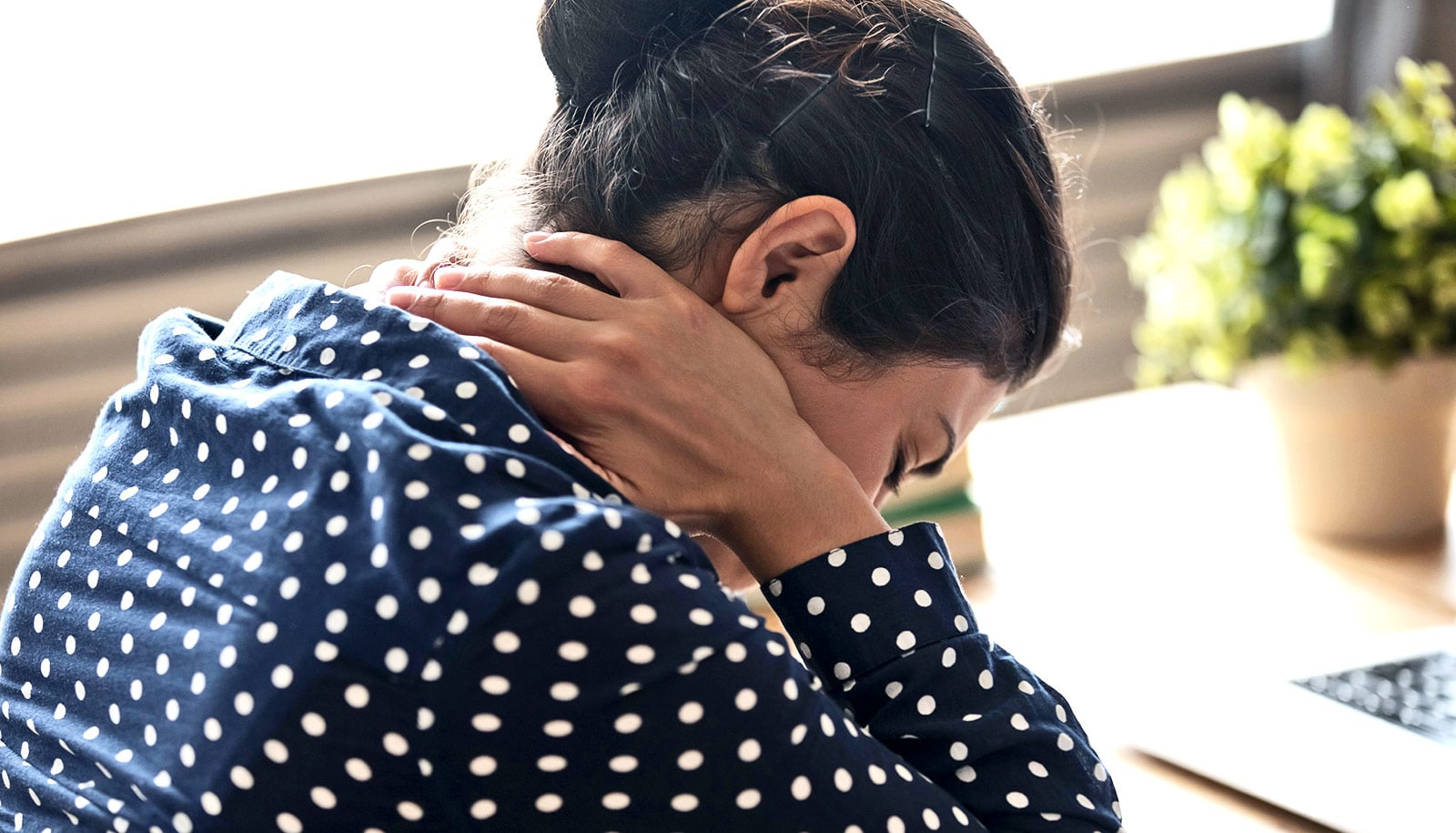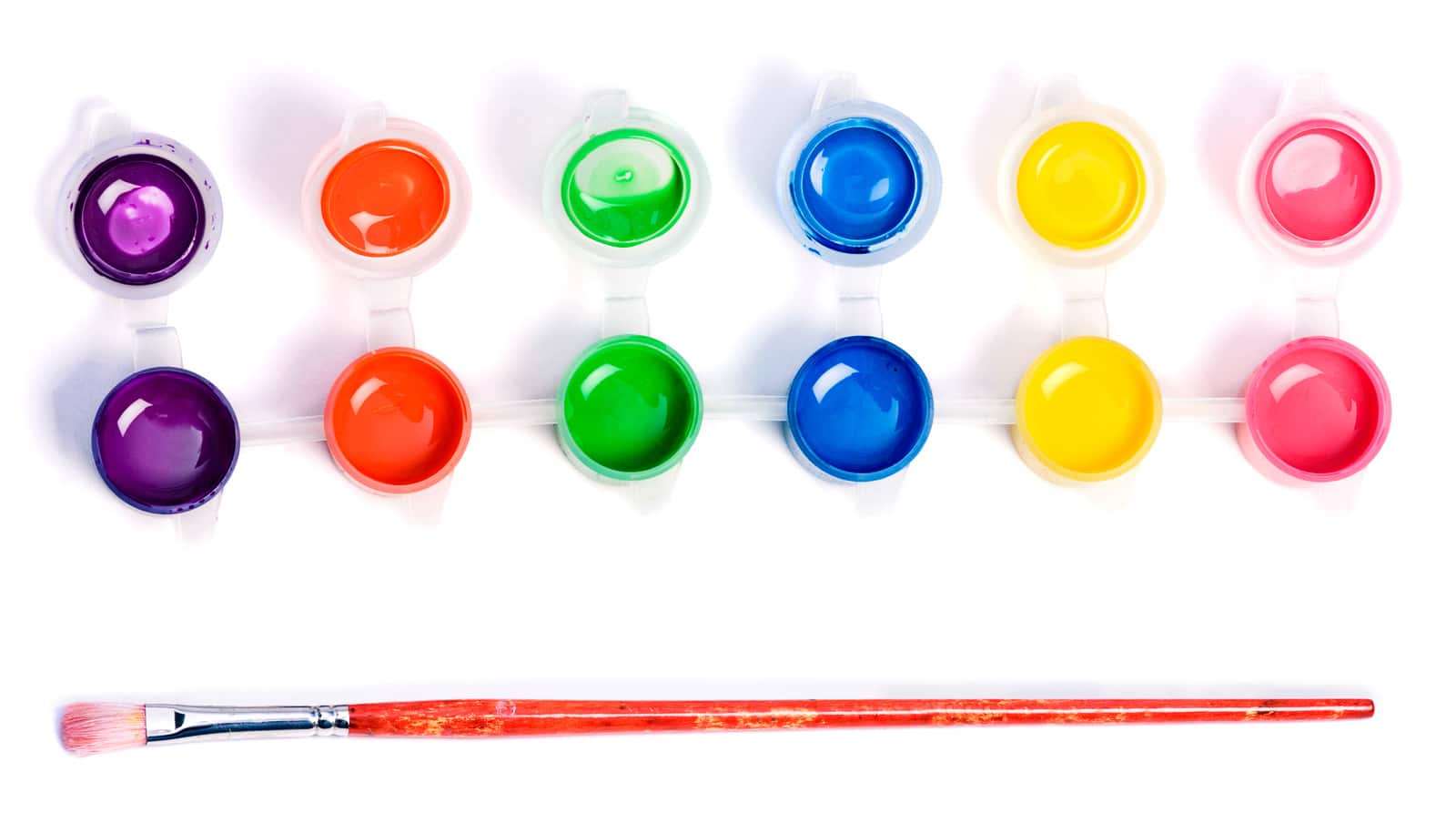When you have a headache and reach for the pain reliever, keep this in mind: posture can make a big difference—as much as an hour longer—in how fast your body absorbs the medicine.
The findings are based on what’s thought to be the first model to simulate the mechanics of drug dissolution on a human stomach.
“We were very surprised that posture had such an immense effect on the dissolution rate of a pill,” says study senior author Rajat Mittal, an engineer at Johns Hopkins University and an expert in fluid dynamics. “I never thought about whether I was doing it right or wrong but now I’ll definitely think about it every time I take a pill.”
The work appears in Physics of Fluids.
In recent years models have been created to authentically represent the workings of several major organs, notably the heart. The team’s new model, called StomachSim, appears to be one of the first to be able to conduct realistic simulation of the human stomach. Blending physics with biomechanics and fluid mechanics, StomachSim mimics what happening inside a stomach as it digests food, or in this case, medicine.
Most pills do not start working until the stomach ejects their contents into the intestine. So the closer a pill lands to the last part of the stomach, the antrum, the faster it starts to dissolve and empty its contents through the pylorus into the duodenum, the first part of the small intestine.
If you’re aiming a pill for this part of the stomach, posture is critical to play into both gravity and the natural asymmetry of the stomach.
The team tested four postures. Taking pills while lying on the right side was by far the best, sending pills into the deepest part of the stomach to achieve a dissolution rate 2.3 times faster than even an upright posture. Lying on the left side was the worst. The team was very surprised to find that if a pill takes 10 minutes to dissolve on the right side, it could take 23 minutes to dissolve in an upright posture and over 100 minutes when laying on the left side.
“For elderly, sedentary, or bedridden people, whether they’re turning to left or to the right can have a huge impact,” Mittal says.
Standing upright was a decent second choice, essentially tied in effectiveness with lying straight back.
The team also considered what stomachs that aren’t functioning at full strength due to gastroparesis caused by diseases such as diabetes and Parkinson’s syndrome meant for pill dissolution.
Even a small change in the conditions of the stomach can lead to significant differences in the outcome of an oral drug, says lead author Jae Ho “Mike” Lee, a former postdoctoral researcher at Johns Hopkins.
The impact of stomach disease on drug dissolution was similar to that of posture—which underscores how significant a difference posture makes.
“Posture itself has such a huge impact, it’s equivalent to somebody’s stomach having a very significant disfunction as far as pill dissolution is concerned,” Mittal says.
Future work will attempt to predict how the changes in the biomechanics of the stomach affect how the body absorbs drugs, how food is processed in the stomach and the effect of posture and gastroparesis on food digestion.
The National Science Foundation and the National Institutes of Health supported the work.
Source: Johns Hopkins University



